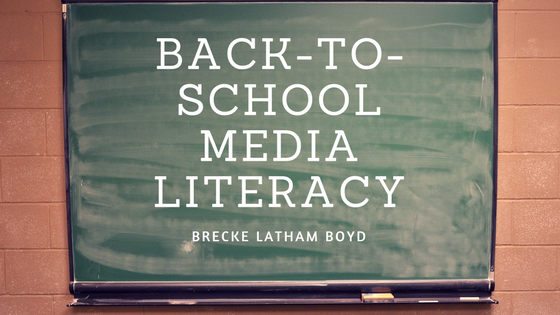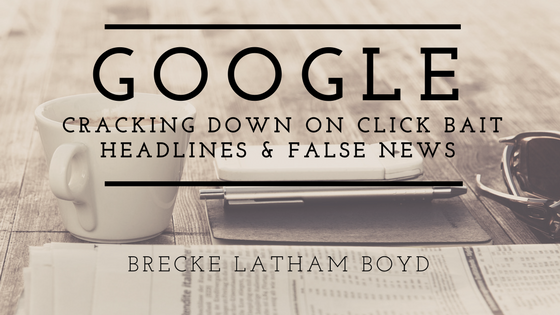Now that 2017 is over, pundits and analysts alike have looked back on a year of “fake news” allegations and the way the public evaluates the veracity of various online stories and reports. In fact, many have named “fake news” as one of the phrases of the year for its use (and arguably over-use) in the public arena over the past twelve months. While the term “fake news” originated to describe false information intentionally disseminated with the intent to deceive readers, it’s taken on a life of its own. Nowadays, the term has so many common uses that it has ceased to mean much of anything at all.
Most recently, the term has been applied to reports or stories that contain honest mistakes or unintentional factual inaccuracies. Journalists have made mistakes and broken stories without fully vetting their sources, fact-checking their information thoroughly, or simply not editing closely enough. Politicians and sympathizers have long accused each other of manipulating the truth and telling only one side of a story, but any time a reporter makes an honest mistake, all mayhem breaks loose.
There’s an important distinction between fake news and a mistake in reporting, but both bolster the same point — Americans want to be able to trust their journalists and news sources, and both of these issues have seriously damaged reader’s trust in news media sources.
As I’ve written about before, the original intention of the phrase “fake news” was to describe malicious sources that knowingly spread wholly false information with the sole purpose of deceit, particularly bots that attempted to sway voters during the 2016 US Presidential Election. Those sources take pride in misleading readers and make it their mission to convince visitors to change their behavior based on the fallacious reporting.
Unlike intentional fake news, though, legitimate news sources do what they can to make amends if they realize they made a mistake and publicized incorrect, fraudulent, incomplete, or mis-written information. Knowing the responsibility they have to the public, news sources enforce high penalties for reporters who fail to adhere to the highest levels of journalistic integrity in reporting stories, live-tweeting events, interpreting data, and smearing someone’s good name. A number of times throughout this past year, reporters have had to resign because their failure to thoroughly vet their sources.
Mistakes happen by people with the best and purest intentions, and as the news-consuming public, it’s hard for us to forgive and move on when we feel deceived or mislead. However, we need to be able to discern between mistakes by our present journalistic media that works to uphold responsible reporting, over malintent snake oil salesmen who purposely create fake news.




 It’s getting to be back-to-school time again. In addition to all the frantic shopping that parents are doing to prepare their kids for a fresh school year, parents also spend these last precious days and weeks mentally and emotionally preparing their students for the realities of the social scene. From bullies to the “popular kids” to respecting teachers and law enforcement officers, there’s a lot of precarious navigating that young people have to do in between — and often during — learning time.
It’s getting to be back-to-school time again. In addition to all the frantic shopping that parents are doing to prepare their kids for a fresh school year, parents also spend these last precious days and weeks mentally and emotionally preparing their students for the realities of the social scene. From bullies to the “popular kids” to respecting teachers and law enforcement officers, there’s a lot of precarious navigating that young people have to do in between — and often during — learning time. 
 Fake news: otherwise known as the two words nearly everyone has heard ad nauseam for the past several months. However, in spite of its inherently annoying nature, this phrase represents a very real problem in our society — and others around the world.
Fake news: otherwise known as the two words nearly everyone has heard ad nauseam for the past several months. However, in spite of its inherently annoying nature, this phrase represents a very real problem in our society — and others around the world.